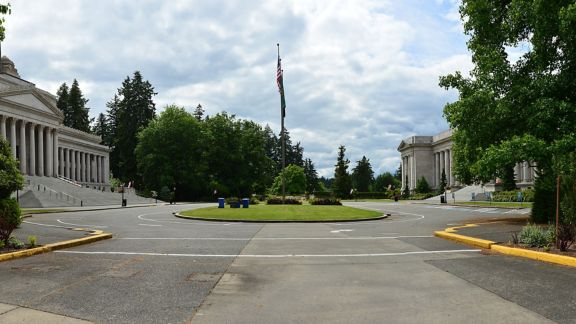Louis Stokes Alliances for Minority Participation Evaluation

Problem
The NSF wanted to identify and promote best practices from its Louis Stokes Alliances for Minority Participation (LSAMP) Program.
Minority populations are underrepresented in STEM careers. According to the National Science Foundation (NSF), Hispanics, Asians, and Blacks comprised 15 percent, 10 percent, and 9 percent of U.S. STEM workers respectively in 2021. Native Americans and Alaska Natives represented under 1 percent.
NSF established the Louis Stokes Alliances for Minority Participation (LSAMP) Program to support historically underrepresented minority students in STEM fields. The LSAMP program provides funding to alliances of degree-granting institutions that work in partnership to support student achievement and leverage evidence-based strategies to address barriers to student recruitment and retention.
LSAMP focuses on enhancing the engagement and progression of underrepresented groups toward bachelor's degrees in STEM, while also facilitating successful transfers from two-year to four-year institutions. Additionally, it seeks to improve access to STEM mentoring, research experiences, and graduate programs, fostering broader participation in STEM disciplines. NSF wants to understand what best practices in LSAMP program implementation foster student retention and completion of degrees in STEM fields.
Solution
NORC will evaluate LSAMP program implementation and outcomes to determine best practices.
NSF wants to better understand best practices in LSAMP’s implementation. It is funding NORC to evaluate:
The variety of pathways, structures, policies, and mechanisms (PSPM) LSAMP institutions are using
The extent to which these PSPMs affect the desired program outcomes
Which factors contribute to the institutionalization and sustainability of the PSPMs
NORC will begin with a landscape analysis to understand what bundles of PSPM LSAMP institutions are using, their intensity, and their duration. That information will be mapped onto a literature review that identifies researched-based best practices. Next, NORC will compare the retention and degree completion rates of LSAMP institutions to state- and national-level rates and estimate the influence of LSAMP PSPMs on these outcomes.
Lastly, NORC will conduct a series of comparative, qualitative case studies with 10 LSAMP institutions to understand how they are implementing LSAMP PSPMs to support long-lasting organizational change and program outcomes.
Result
Results from the evaluation will inform decision-making related to LSAMP.
This study will identify the pathways, structures, policies, and mechanisms that lead to improved retention and completion of underrepresented minorities in STEM fields.
Related Tags
Project Leads
-
Neil Seftor
Associate DirectorPrimary Investigator -
Claudia A. Gentile
Senior FellowProject Director -
Jessica Stewart
Senior Research DirectorProject Manager









